牛津译林版(2019)选择性必修 第一册Unit 1 Food matters Reading 课件(28张ppt)
文档属性
| 名称 | 牛津译林版(2019)选择性必修 第一册Unit 1 Food matters Reading 课件(28张ppt) | 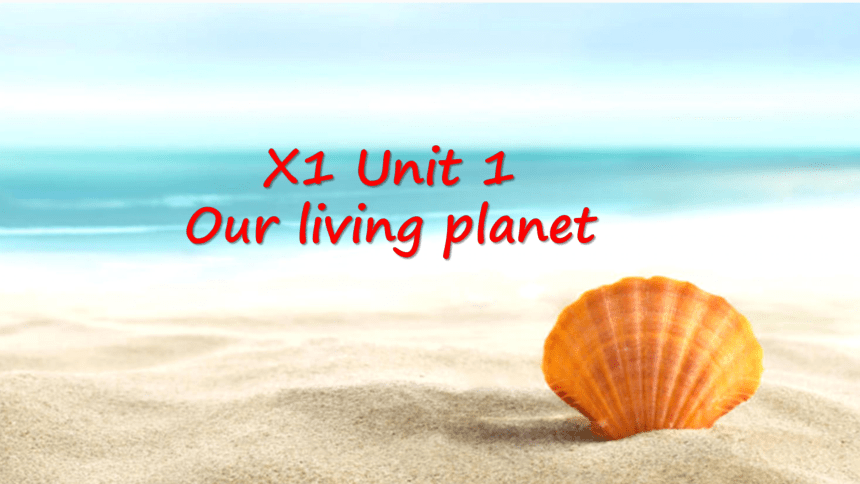 | |
| 格式 | pptx | ||
| 文件大小 | 194.3MB | ||
| 资源类型 | 教案 | ||
| 版本资源 | 牛津译林版(2019) | ||
| 科目 | 英语 | ||
| 更新时间 | 2023-04-01 21:45:33 | ||
图片预览


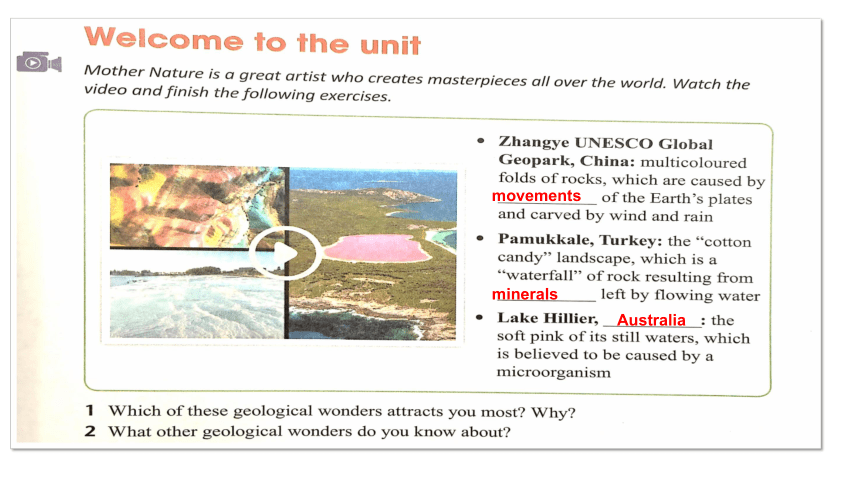
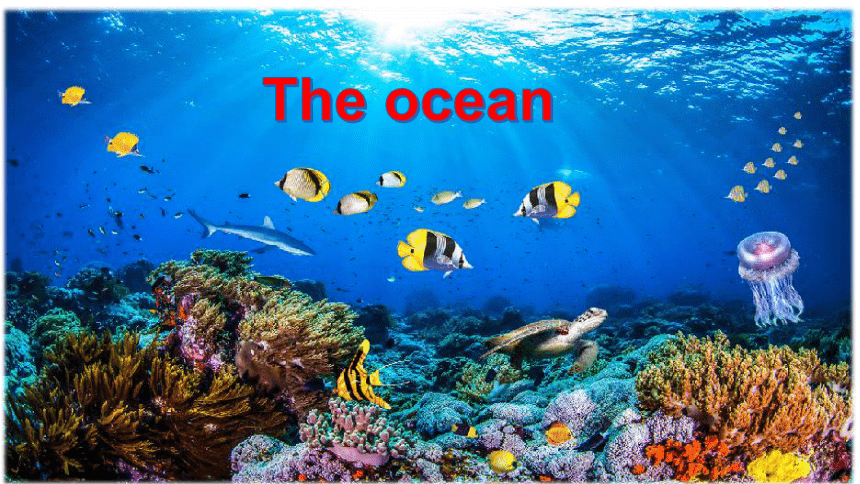
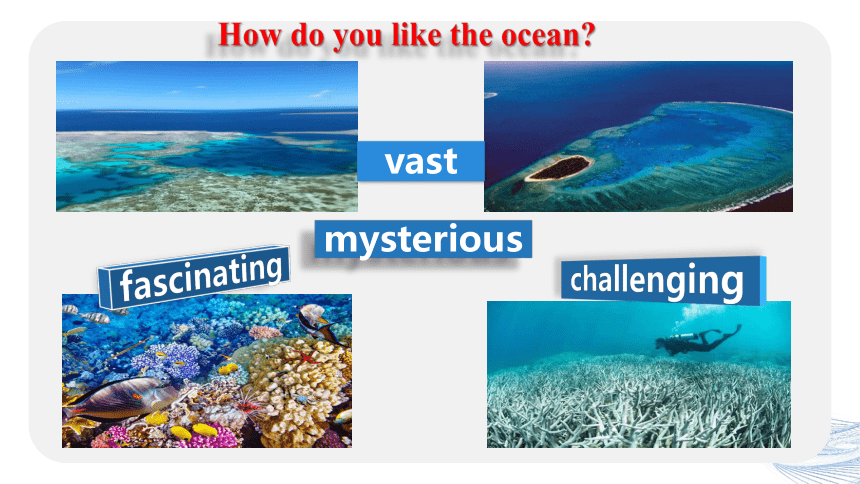
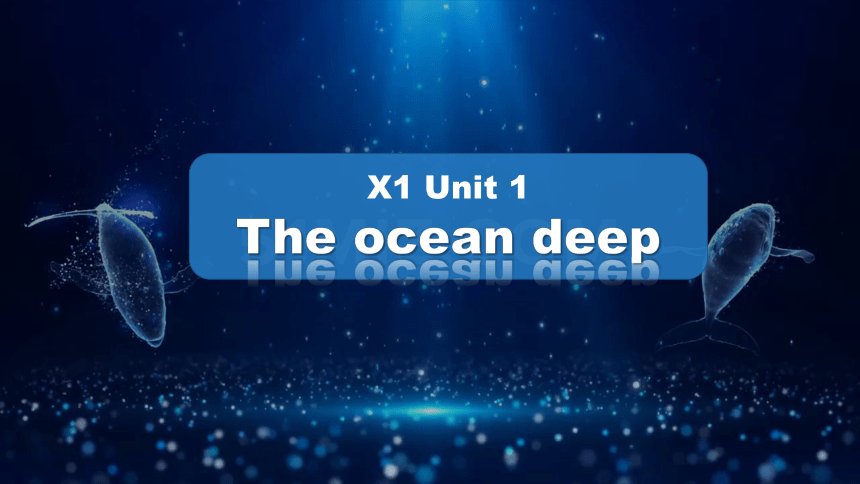
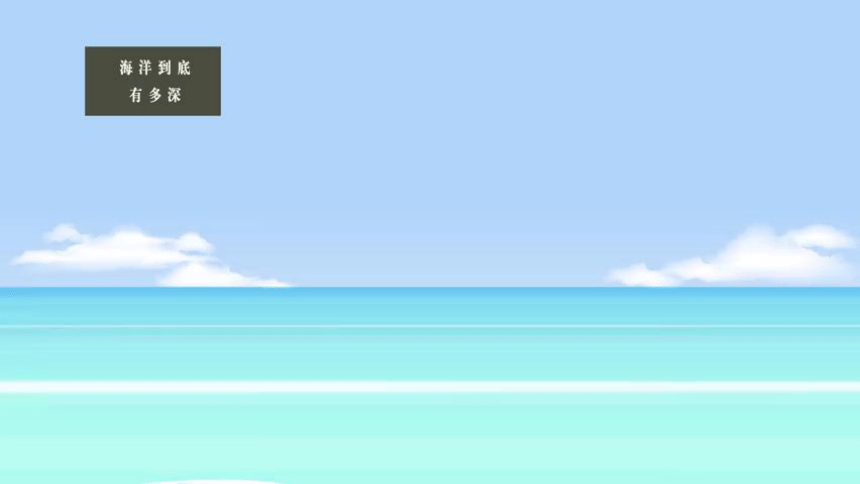

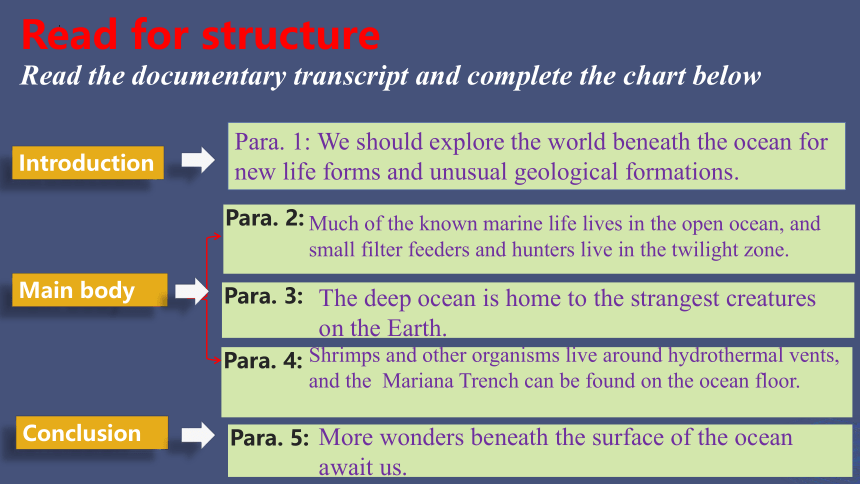
文档简介
X1 Unit 1
Our living planet
movements
minerals
Australia
The ocean
fascinating
challenging
vast
mysterious
How do you like the ocean?
X1 Unit 1
The ocean deep
underwater volcanoes
the blue whale
a 65,000-kilometre-long mountain range beneath the ocean, which is the world’s longest.
The ocean covers around 71% of the surface of our planet.
Read for structure
Read the documentary transcript and complete the chart below
Para. 3:
Para. 2:
Para. 4:
Para. 5:
Para. 1: We should explore the world beneath the ocean for new life forms and unusual geological formations.
Introduction
Main body
Conclusion
Much of the known marine life lives in the open ocean, and small filter feeders and hunters live in the twilight zone.
The deep ocean is home to the strangest creatures on the Earth.
Shrimps and other organisms live around hydrothermal vents, and the Mariana Trench can be found on the ocean floor.
More wonders beneath the surface of the ocean await us.
1. Read the transcript again and finish A2 on Page 4.
(1) What percentage of the world’s oceans have we explored?
_______________________________________________________________
(2) What do small filter feeders do at night?
_______________________________________________________________
(3) How do blind creatures in the deep ocean manage to survive?
______________________________________________________________________________________________________________________________
(4) What has changed scientific opinion about the chances of there being life
elsewhere in the universe?
_______________________________________________________________
The knowledge that life can exist in the extreme conditions on the ocean floor.
They swim up to feed in the nutrient-rich waters above.
They depend on other senses such as smell and their ability to detect slight changes in water pressure to obtain food and avoid being caught.
Less than 20%.
Read for details
2. Fill in the table with proper information from the text.
Read for details
{5C22544A-7EE6-4342-B048-85BDC9FD1C3A}Zones
Depths
Environment
Life forms or geological formations
The open ocean
0 to 200 metres
Most visible light
(1) _____________________________
(2) _________
____________
200 metres to 1,000 metres
Little sunlight
Almost no plant life
Small filter feeders
(3) ____________________________
________________________________
The deep ocean
1,000 metres to the ocean floor
No light
(4) __________
______________
Huge pressures
Blind, strange organisms, and some having male and female organs
Shrimps and other organisms
(5) ___________________________
________________________________
Much of the known marine life
The twilight zone
Hunters with telescopic, upward-pointing eyes and backward-curving teeth
Temperatures just above freezing
Hydrothermal vents, the Mariana Trench and rock bridges
the open ocean
(200m)
the twilight zone
(200~1000m)
the deep ocean
(past 1000m)
The documentary transcript describes the ocean in the surface-to-bottom order, which makes its content more organized and easier to follow. Find the expressions indicating the changes in position.
P5
B2
Read for writing techniques
1. the writing order
What is the author’s purpose of writing in this way?
Para. 1
Para. 5
To attract the readers
To call on the readers to explore
Read for writing techniques
2. asking questions
Analyse the features of the documentary transcript.
Introduction
Conclusion
Main body
1. a very clear structure
2. Organised in spatial(空间的) order ( from surface to bottom)
3. narrated in the first person ( from the perspective of a host)
4. apply some questions and exclamatory sentences(感叹句)
Summary
Our 1.___________(curious) about the unknown remains unshakeable. 2.______ is estimated that more than 80% of the world’s oceans are unexplored. So, if we want to find exciting new life forms, the ocean is 3._________ we should be looking.
The first 200 meters of our dive takes us through what can 4.____________(call) the open ocean, where most visible light exists. Here lives much of the marine life we know about. Below 200 meters, we enter the twilight zone, where there is little sunlight and thus almost no plant life. Most of the fish 5.________(live) here are small filter feeders which swim up at night to feed in the nutrient-rich waters above.
curiosity
It
where
be called
living
Summary
Once past 1,000 meters, we will reach the deep ocean, where there is no light. Creatures living in this extreme environment can rely not 6._______ their eyesight but others senses to survive. The fish in the deep ocean are among the strangest creatures on the Earth, many of 7._________ have yet to be properly studied.
On the ocean floor, we may see shrimps and other organisms around hydrothermal vents. It was this discovery 8._____ revealed life forms can obtain nutrients and energy from thermal sources. Besides, the deepest point of Mariana Trench, 9._________(know) as the Challenger Deep, is nearly 11,000 meters below sea level.
The world beneath the surface of the ocean is indeed an amazing place. With so much of the oceans left ______________ (explore), who knows what wonders still await us in the future?
on
which
known
to explore
that
Post-reading
Complete part B1
The world’s vast oceans, now well accepted as the Earth’s “final frontier”, (1) _________________ the hearts of scientists and explorers. While most of the Earth’s land mass has been explored and mapped, around 80% of the oceans remain to be explored and great discoveries (2) _________________ us. Therefore, many countries have spared no effort in deep-sea exploration. Leading the way is China, one of the few countries that have developed the ability to send humans to the deepest parts of our oceans.
capture/have captured
await
In June 2012, China’s first deep-sea manned submersible, Jiaolong, set a world (3) _________________ record for submersibles of its kind, by reaching a depth of 7,062 metres in the Mariana Trench in the Pacific Ocean. In 2017, China successfully tested Shenhai Yongshi, a submersible capable of reaching a depth of 4,500 metres. Later it conducted hundreds of dives in different oceans, exploring what lay deep (4) _________________ the water. With all of its core components produced (5) _________________ by China, it has paved the way for deeper and broader undersea exploration in the future.
solely
beneath
diving
The year 2020 witnessed another significant milestone in China’s (6) _________________ technology, when the deep-sea manned submersible Fendouzhe completed eight successful dives of more than 10,000 metres in the Mariana
Trench.
These breakthroughs have demonstrated China’s determination to explore the deep sea and its underwater research potential (7) _________________. Travelling down to extreme depths not only allows us to (8)______________ new insights into the ocean, but it also opens up exciting opportunities that will eventually benefit the world above.
marine
in equal measure
obtain
If you were to deliver a speech about the world beneath the ocean, what other information would you include?
Group
Presentation
The world beneath the ocean
Marine plants
Advantages
Measures
Challenges/ Threats
Adavantges
Science
Economy
Country
Human
enhance our country‘s soft power
pave the way for future life
exploit the rich resources of oil
explore the mystery of the Earth and ocean
What aspects of people’s lives can be affected by heritage sites at risk?
Challenges
high water pressure(para.3)
be attacked by the unkonwn sea creatures
poor visibility
the precarious submersible
the rapidly changing temperatures(para.3)
Our Oceans, Our Responsibility
June 8th was officially named by the UN in 2009as World Oceans Day. _______________________________________________(它旨在于提高人们保护海洋的意识).
It goes without saying that oceans _________________________________(起到关键性作用)in the world. ________________________________(他们不仅提供)abundant resources and food for us, but they are also crucial for the global climate development. Additionally, oceans are "the lungs of our planet", _________________________________________________(提供我们呼吸的大多数的氧气).
As high school students, _______________________________(是我们的责任) to protect them. First of all, ___________________________(尽我们所能)to make a difference. For example, stop throwing garbage into oceans. _______________________(此外), call on people around us to take action, too. I believe we will have cleaner oceans.
It aims to raise people’s awareness of protecting oceans
play a critical role
Not only do they provide
providing most of the oxygen we breathe
it is our responsibility
do what we can
In addition
Our living planet
movements
minerals
Australia
The ocean
fascinating
challenging
vast
mysterious
How do you like the ocean?
X1 Unit 1
The ocean deep
underwater volcanoes
the blue whale
a 65,000-kilometre-long mountain range beneath the ocean, which is the world’s longest.
The ocean covers around 71% of the surface of our planet.
Read for structure
Read the documentary transcript and complete the chart below
Para. 3:
Para. 2:
Para. 4:
Para. 5:
Para. 1: We should explore the world beneath the ocean for new life forms and unusual geological formations.
Introduction
Main body
Conclusion
Much of the known marine life lives in the open ocean, and small filter feeders and hunters live in the twilight zone.
The deep ocean is home to the strangest creatures on the Earth.
Shrimps and other organisms live around hydrothermal vents, and the Mariana Trench can be found on the ocean floor.
More wonders beneath the surface of the ocean await us.
1. Read the transcript again and finish A2 on Page 4.
(1) What percentage of the world’s oceans have we explored?
_______________________________________________________________
(2) What do small filter feeders do at night?
_______________________________________________________________
(3) How do blind creatures in the deep ocean manage to survive?
______________________________________________________________________________________________________________________________
(4) What has changed scientific opinion about the chances of there being life
elsewhere in the universe?
_______________________________________________________________
The knowledge that life can exist in the extreme conditions on the ocean floor.
They swim up to feed in the nutrient-rich waters above.
They depend on other senses such as smell and their ability to detect slight changes in water pressure to obtain food and avoid being caught.
Less than 20%.
Read for details
2. Fill in the table with proper information from the text.
Read for details
{5C22544A-7EE6-4342-B048-85BDC9FD1C3A}Zones
Depths
Environment
Life forms or geological formations
The open ocean
0 to 200 metres
Most visible light
(1) _____________________________
(2) _________
____________
200 metres to 1,000 metres
Little sunlight
Almost no plant life
Small filter feeders
(3) ____________________________
________________________________
The deep ocean
1,000 metres to the ocean floor
No light
(4) __________
______________
Huge pressures
Blind, strange organisms, and some having male and female organs
Shrimps and other organisms
(5) ___________________________
________________________________
Much of the known marine life
The twilight zone
Hunters with telescopic, upward-pointing eyes and backward-curving teeth
Temperatures just above freezing
Hydrothermal vents, the Mariana Trench and rock bridges
the open ocean
(200m)
the twilight zone
(200~1000m)
the deep ocean
(past 1000m)
The documentary transcript describes the ocean in the surface-to-bottom order, which makes its content more organized and easier to follow. Find the expressions indicating the changes in position.
P5
B2
Read for writing techniques
1. the writing order
What is the author’s purpose of writing in this way?
Para. 1
Para. 5
To attract the readers
To call on the readers to explore
Read for writing techniques
2. asking questions
Analyse the features of the documentary transcript.
Introduction
Conclusion
Main body
1. a very clear structure
2. Organised in spatial(空间的) order ( from surface to bottom)
3. narrated in the first person ( from the perspective of a host)
4. apply some questions and exclamatory sentences(感叹句)
Summary
Our 1.___________(curious) about the unknown remains unshakeable. 2.______ is estimated that more than 80% of the world’s oceans are unexplored. So, if we want to find exciting new life forms, the ocean is 3._________ we should be looking.
The first 200 meters of our dive takes us through what can 4.____________(call) the open ocean, where most visible light exists. Here lives much of the marine life we know about. Below 200 meters, we enter the twilight zone, where there is little sunlight and thus almost no plant life. Most of the fish 5.________(live) here are small filter feeders which swim up at night to feed in the nutrient-rich waters above.
curiosity
It
where
be called
living
Summary
Once past 1,000 meters, we will reach the deep ocean, where there is no light. Creatures living in this extreme environment can rely not 6._______ their eyesight but others senses to survive. The fish in the deep ocean are among the strangest creatures on the Earth, many of 7._________ have yet to be properly studied.
On the ocean floor, we may see shrimps and other organisms around hydrothermal vents. It was this discovery 8._____ revealed life forms can obtain nutrients and energy from thermal sources. Besides, the deepest point of Mariana Trench, 9._________(know) as the Challenger Deep, is nearly 11,000 meters below sea level.
The world beneath the surface of the ocean is indeed an amazing place. With so much of the oceans left ______________ (explore), who knows what wonders still await us in the future?
on
which
known
to explore
that
Post-reading
Complete part B1
The world’s vast oceans, now well accepted as the Earth’s “final frontier”, (1) _________________ the hearts of scientists and explorers. While most of the Earth’s land mass has been explored and mapped, around 80% of the oceans remain to be explored and great discoveries (2) _________________ us. Therefore, many countries have spared no effort in deep-sea exploration. Leading the way is China, one of the few countries that have developed the ability to send humans to the deepest parts of our oceans.
capture/have captured
await
In June 2012, China’s first deep-sea manned submersible, Jiaolong, set a world (3) _________________ record for submersibles of its kind, by reaching a depth of 7,062 metres in the Mariana Trench in the Pacific Ocean. In 2017, China successfully tested Shenhai Yongshi, a submersible capable of reaching a depth of 4,500 metres. Later it conducted hundreds of dives in different oceans, exploring what lay deep (4) _________________ the water. With all of its core components produced (5) _________________ by China, it has paved the way for deeper and broader undersea exploration in the future.
solely
beneath
diving
The year 2020 witnessed another significant milestone in China’s (6) _________________ technology, when the deep-sea manned submersible Fendouzhe completed eight successful dives of more than 10,000 metres in the Mariana
Trench.
These breakthroughs have demonstrated China’s determination to explore the deep sea and its underwater research potential (7) _________________. Travelling down to extreme depths not only allows us to (8)______________ new insights into the ocean, but it also opens up exciting opportunities that will eventually benefit the world above.
marine
in equal measure
obtain
If you were to deliver a speech about the world beneath the ocean, what other information would you include?
Group
Presentation
The world beneath the ocean
Marine plants
Advantages
Measures
Challenges/ Threats
Adavantges
Science
Economy
Country
Human
enhance our country‘s soft power
pave the way for future life
exploit the rich resources of oil
explore the mystery of the Earth and ocean
What aspects of people’s lives can be affected by heritage sites at risk?
Challenges
high water pressure(para.3)
be attacked by the unkonwn sea creatures
poor visibility
the precarious submersible
the rapidly changing temperatures(para.3)
Our Oceans, Our Responsibility
June 8th was officially named by the UN in 2009as World Oceans Day. _______________________________________________(它旨在于提高人们保护海洋的意识).
It goes without saying that oceans _________________________________(起到关键性作用)in the world. ________________________________(他们不仅提供)abundant resources and food for us, but they are also crucial for the global climate development. Additionally, oceans are "the lungs of our planet", _________________________________________________(提供我们呼吸的大多数的氧气).
As high school students, _______________________________(是我们的责任) to protect them. First of all, ___________________________(尽我们所能)to make a difference. For example, stop throwing garbage into oceans. _______________________(此外), call on people around us to take action, too. I believe we will have cleaner oceans.
It aims to raise people’s awareness of protecting oceans
play a critical role
Not only do they provide
providing most of the oxygen we breathe
it is our responsibility
do what we can
In addition
同课章节目录
- Unit 1 Food matters
- Welcome to the unit
- Reading
- Grammar and usage
- Integrated skills
- Extended reading
- Project
- Unit 2 The Universal Language
- Welcome to the unit
- Reading
- Grammar and usage
- Integrated skills
- Extended reading
- Project
- Unit 3 The art of painting
- Welcome to the unit
- Reading
- Grammar and usage
- Integrated skills
- Extended reading
- Project
- Unit 4 Exploring poetry
- Welcome to the unit
- Reading
- Grammar and usage
- Integrated skills
- Extended reading
- Project
